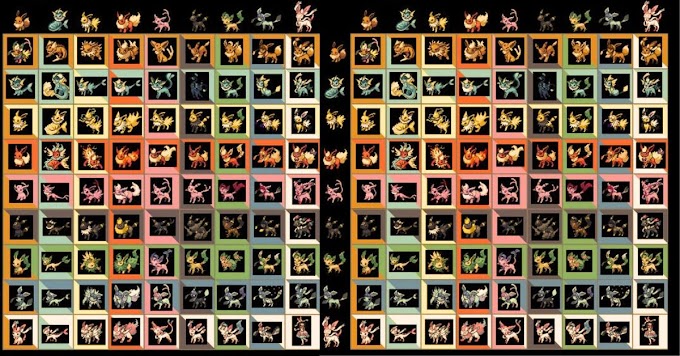Grams to Teaspoons Converter
In the culinary world, precision is key, especially when it comes to measuring ingredients. Whether you're a professional chef or a home cook, having accurate conversions between different units of measurement is essential. One common conversion is between grams and teaspoons. Grams are a unit of mass, and teaspoons are a unit of volume.
How to Use Grams To Teaspoons Converter
- If you have something in grams and want to know how much it is in teaspoons, put the value of the gram and click 'calculate.' It will show you the teaspoons.
- If you have teaspoons and want to know grams, press 'swap units,' put the teaspoon's value, and it will show grams.
See Also: Celsius to Fahrenheit Converter
What is Grams?
Grams, abbreviated as "g," are metric units of mass or weight. It is derived from the International System of Units (SI) and is widely used in scientific and everyday applications for its accuracy and consistency.
History of Grams
The Gram has a fascinating historical background. It was introduced in the 18th century by a French chemist named Antoine Lavoisier. The gram was originally defined as the mass of one cubic centimetre of water at the temperature of melting ice. Over the years, the definition has been refined, and today, it's defined based on fundamental constants in nature.
What are Teaspoons?
A teaspoon is a unit of volume used for measuring liquids or powders like salt, sugar, or spices. In the United States, a teaspoon is equal to 4.93 millilitres, while in the United Kingdom, it's approximately 5.92 millilitres.
History of Teaspoons
The teaspoon has a long history dating back to ancient civilizations. Spoons have been used for thousands of years for eating and serving food. The teaspoon, as a standardized unit of measurement, gained prominence over time as culinary practices evolved.
How Many Grams To Teaspoons Formula
Converting grams to teaspoons involves understanding the density of the substance being measured. The formula is:
The density of the substance varies depending on what you're measuring.
How to Convert Grams To Teaspoons
Converting grams to teaspoons is a straightforward process, provided you know the density of the substance. Here are the steps:
Determine the Density: First, find out the density of the substance in grams per millilitre (g/mL).
Use the Formula: Use the formula mentioned earlier to convert grams to teaspoons.
Grams To Teaspoons Conversion Example
Let's take an example to illustrate the conversion. Suppose you want to convert 20 grams of sugar, which has a density of 0.85 g/mL, to teaspoons.
So, 20 grams of sugar is approximately 23.53 teaspoons.
Teaspoons to Grams Conversion Table
To make your cooking and baking adventures easier, here's a table that provides common conversions from teaspoons to grams for various substances:
| Substance | Density (g/mL) | Teaspoons to Grams |
|---|---|---|
| Sugar | 0.85 | 1 teaspoon = 4.2g |
| Salt | 1.20 | 1 teaspoon = 5.7g |
| Flour | 0.57 | 1 teaspoon = 2.7g |
| Honey | 1.44 | 1 teaspoon = 6.8g |
Teaspoons to Grams Conversion Table
| Teaspoons (tsp) | Grams (g) |
|---|---|
| 0.1 tsp | 0.5 g |
| 0.2 tsp | 1 g |
| 0.3 tsp | 1.5 g |
| 0.4 tsp | 2 g |
| 0.5 tsp | 2.5 g |
| 0.6 tsp | 3 g |
| 0.7 tsp | 3.5 g |
| 0.8 tsp | 4 g |
| 0.9 tsp | 4.5 g |
| 1 tsp | 5 g |
| 2 tsp | 10 g |
| 3 tsp | 15 g |
| 4 tsp | 20 g |
| 5 tsp | 25 g |
| 6 tsp | 30 g |
| 7 tsp | 35 g |
| 8 tsp | 40 g |
| 9 tsp | 45 g |
| 10 tsp | 50 g |
| 20 tsp | 100 g |
FAQs
Can I use any substance's density for conversion?
Yes, for accurate conversion, use the specific substance's density.
Why is the density important for this conversion?
Density is crucial as it determines how much of the substance can fit in a specific volume, thus affecting the conversion.
Are teaspoons and tablespoons the same?
No, a tablespoon is larger than a teaspoon and is often used for measuring liquids.
How can I convert teaspoons to grams?
Use the formula: Grams=Teaspoons×Density.
Is the density of a substance constant?
No, the density of a substance can vary with temperature and pressure.
Why do recipes use different units of measurement?
Recipes use different units based on traditions, regional preferences, and accuracy required in the culinary process.
Conclusion
Accurate measurements in cooking and baking are fundamental to achieving desired outcomes. Converting grams to teaspoons involves understanding the substance's density, enabling you to translate mass to volume effectively. By utilizing the provided conversion formula and tables, you can confidently navigate between grams and teaspoons in your culinary adventures, ensuring your recipes turn out just right. Happy cooking!




